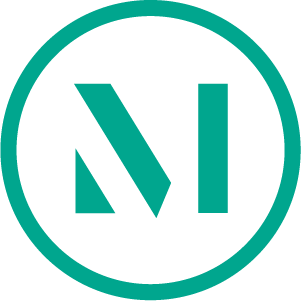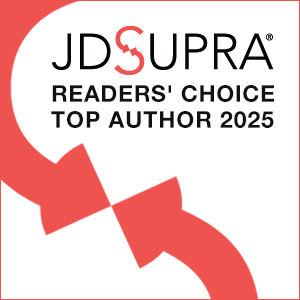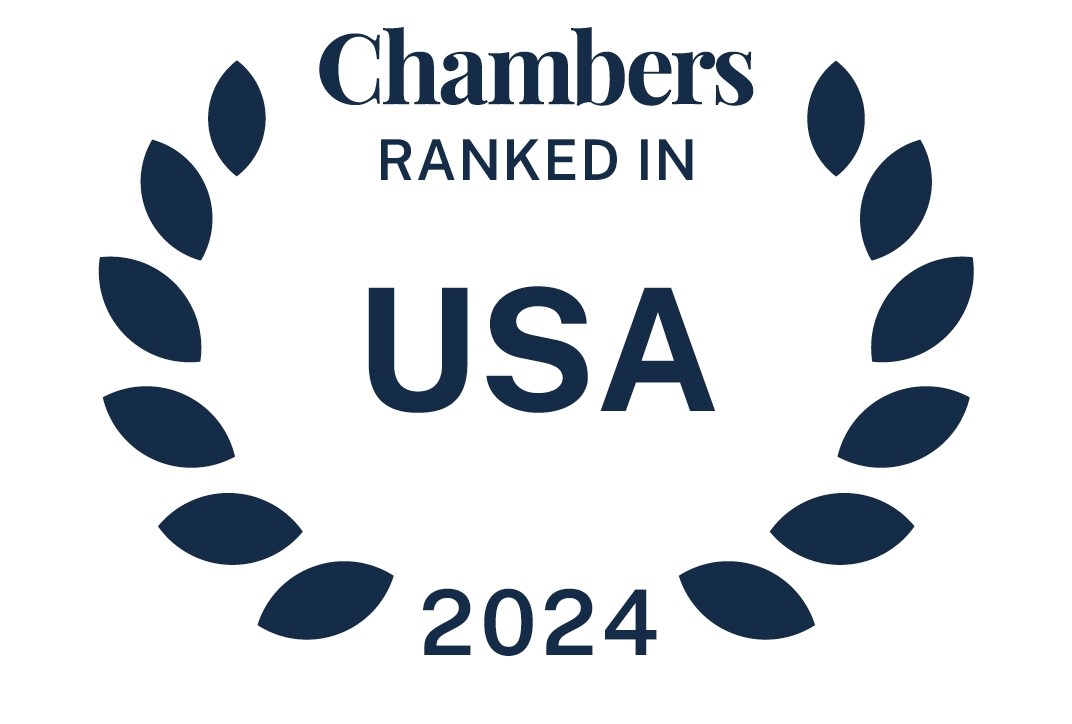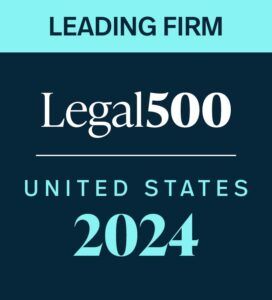President-elect Trump proposes to reduce the maximum corporate income tax rate from 35 percent to 15 percent. While the effective date of any rate reduction is uncertain, it likely will not occur before 2018. Deductions claimed when tax rates are 35 percent are worth 20 percent more to the taxpayer than if the same deduction is claimed when rates are 15 percent. Thus, a deduction for a $10 million pension contribution is worth an additional $2 million if claimed in 2017 when the tax rate is 35 percent than if claimed in 2018 when the tax rate is 15 percent.
This article, Accelerating Deductions for Compensation and Benefits if Corporate Tax Rates Are Reduced, discusses how bonus accruals, welfare benefits and pension contributions that might be deducted in 2017 rather than 2018 without much, if any, in the way of additional costs or administrative burdens for the employer and no adverse tax consequences for the employees/participants. Accelerating the deductions for these amounts will result in considerable savings if rates are reduced.
read more

 Subscribe
Subscribe




